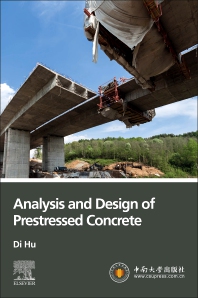
Design of Steel Structures
- 1st Edition
- August 12, 2022
- Lingyu Zhou + 2 more
- English
- Paperback9 7 8 - 0 - 3 2 3 - 9 1 6 8 2 - 0
- eBook9 7 8 - 0 - 3 2 3 - 9 1 6 8 3 - 7
Built Environment coverage includes comprehensive titles on all the major research and technological developments in civil and structural engineering, construction materials, and a variety of related fields (environmental engineering, transportation engineering, urban planning, etc.) that contribute to make design, construction, maintenance, and operations of buildings, cities, and infrastructure smarter, more efficient, sustainable, and resilient.









